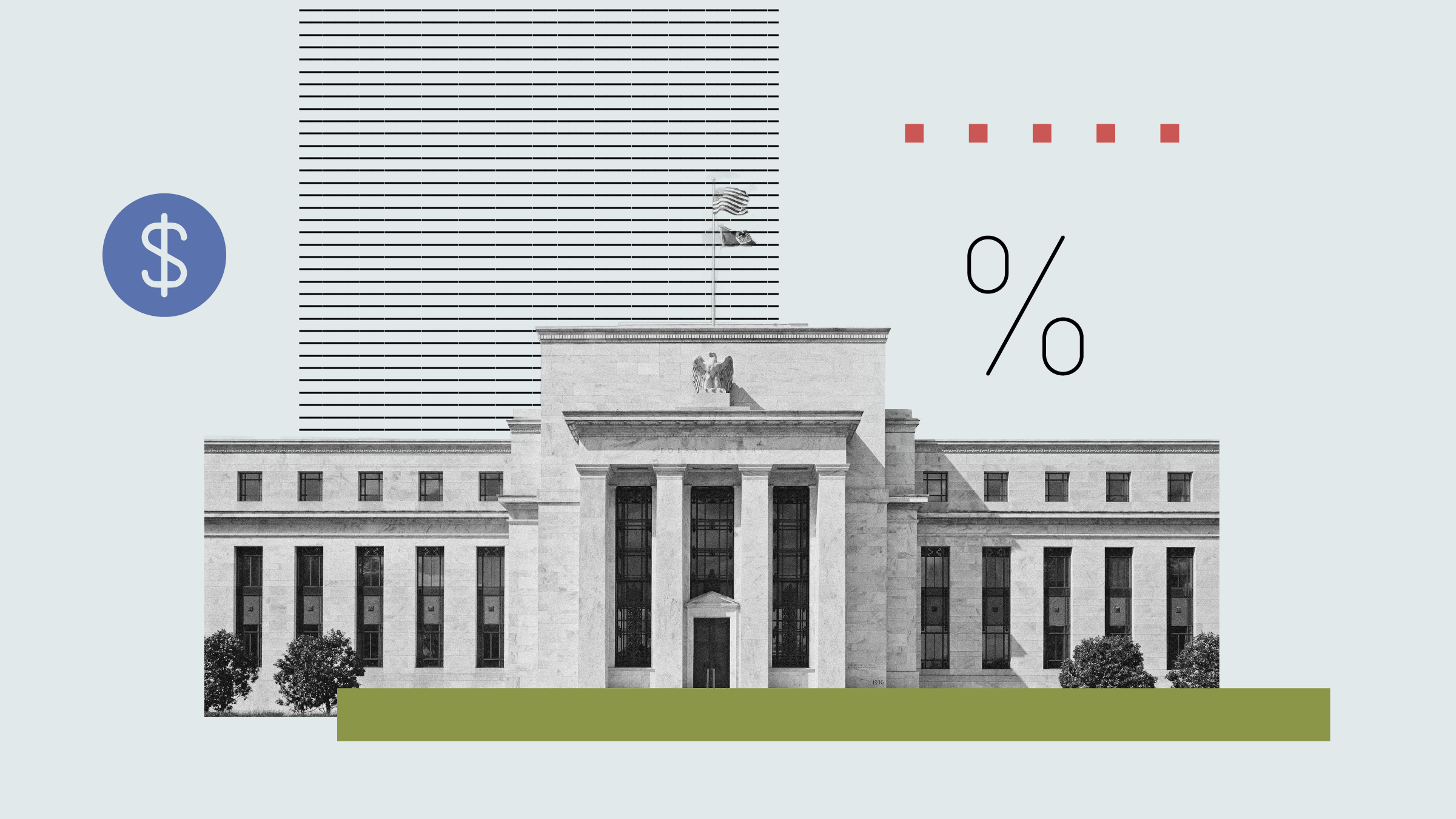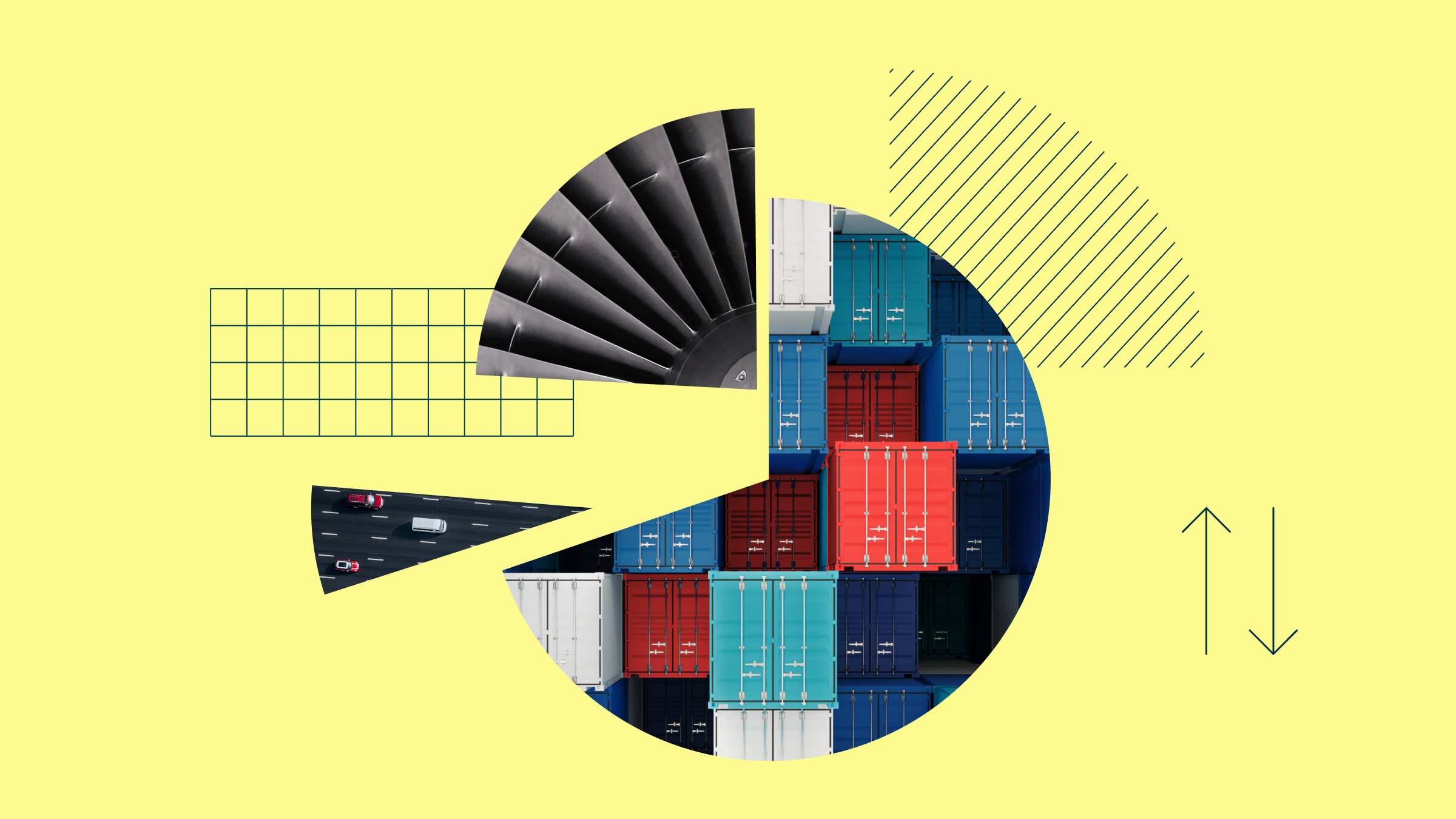Business Strategy and Outlook | 02 Jan 2020
SEB’s focus on corporate lending and advisory banking services results in a healthy diversification between spread and fee-based income streams. We also like the group’s achievements in its efficiency programmes, keeping costs virtually flat for almost a decade. We find it difficult to close the gap between SEB’s ambition for a 15% return on equity and its current outlook, however.
Profitability in the bank's largest segment, large corporates and financial institutions, just about covers our cost of equity assumption, while we believe the strong performance in the small corporates and private customer segment as well as the Baltics is partially supported by a currently benign credit environment. Additionally, we are more cautious on management’s ability to maintain the cost cap. The first step, to soften the cap, was taken in the last business plan update, and we believe further risks of cost inflation exist. Now guidance excludes investments in the business, and additional costs for anti-money-laundering staff could also be on the horizon. SEB has exploited its largest efficiency levers such as noncore divestments and branch closures. As a result, the group now has one of the smallest branch networks in the Nordics, and management already acknowledged that any further closures may chip away at its small and medium enterprise business, which relies on close customer relationships through branches. As a result, we expect costs to trend upwards from here, forcing it to turn toward its top line to drive earnings growth.
While the move toward a bancassurance model and further investments in private banking services should be positive, we believe management’s target to regain share in the Swedish mortgage market is ambitious and is likely to come at the cost of lower margins. Owing to its high dependency on wholesale funding, a lower-for-longer outlook on interest rates, and the first signs of slowing economies in Europe, we also do not expect macroeconomic tailwinds to lift earnings in the medium term. We therefore believe the 15% return on equity is likely to be the exception rather than the norm.
Fair Value & Profit Drivers | 13 Apr 2020
We have lowered our fair value estimate to SEK 90 per share from SEK 98. Our adjustments are primarily driven by our current estimates of a potential pandemic impact in 2020. We have lowered our net interest margin assumption by 5 basis points to account for loan installment moratoriums that SEB provides its retail and corporate customers. We also reduced our loan growth assumptions to flat to marginally up for 2020. The largest moving piece is higher credit loss provisions. We now pencil in 39 basis points for 2020 versus 14 basis points last year and the 26 basis points we assume in a midcycle scenario. Our fair value estimate corresponds to 1.2 times book value and 11 times earnings based on 2021 estimates. In the medium term, we anticipate an average return on equity of about 11%, above our cost of equity assumption of 9%.
Our fair value estimate is primarily driven by net interest margin, provision ratio, and operating cost assumptions. We keep the net interest margin virtually flat at 0.9% through our explicit five-year forecast. In 2023, we assume a provision ratio of 25 basis points versus just 14 basis points in 2019. We expect the operating cost base to increase throughout our explicit forecast period, roughly keeping pace with income. As a result, our midterm efficiency ratio stands at 46%, the same as in 2019.
SEB is well capitalised, and we currently don't anticipate a draw on capital for the bank, even in our bear-case scenario. Profitability is the first buffer before a reduction in capital comes into play. We estimate SEB could sustain a loan-loss provision ratio up to 1.2% before it would start to burn through capital.
Scenario Analysis | 13 Apr 2020
In addition to our base-case scenario, we create upside and downside scenarios for SEB. Our fair value estimates in the upside and downside scenarios are SEK 102 and SEK 74, respectively.
In our upside scenario, we assume a net interest margin of 1% throughout our explicit forecast period of five years while loan losses climb from currently low levels, albeit less than in our base scenario. Our provision ratio assumption in the upside scenario is 21 basis points. Our efficiency ratio forecast in this scenario declines to 45% from 46% in 2019. Our fair value estimate in this scenario is SEK 102 per share.
In our downside scenario, we assume a net interest margin of 0.8% while provisions for loan losses rise faster and higher than in our base scenario. Our provision ratio is 36 basis points for 2023. The efficiency ratio rises to about 47% at the end of our explicit forecast period as both salary inflation and higher fixed costs cannot be offset. Our fair value estimate in this scenario is SEK 74 per share.
Economic Moat™
SEB's operations do not warrant a moat, in our view. SEB distinguishes itself from its Nordic peers through its focus on large corporates, with this segment contributing about 38% to its operating profits. We don't think this is a particularly moaty segment. First, banks typically are unable to generate any switching costs for their customers in this segment. Second, the high capital intensity of the business paired with low differentiation of product offerings result in only modest returns. We also did not find any competitive advantages in credit or funding costs. SEB did lower its efficiency ratio to below 50% in the last few years, but we don't think this alone allows for a moat.
SEB, like its Swedish peers, depends on a large portion of wholesale funding which we believe does not allow for a funding costs' moat. Swedish retail customers use equity instruments to a larger extent than customers in most other European countries, resulting in a deposit funding gap. Swedish banks must fill with wholesale funds. Deposit funding is typically cheaper and stickier than wholesale funding. As the previous crisis showed, credit can dry up and spreads can widen, which can result in banks dependent on wholesale funding having to refinance in highly illiquid and unfavorable debt markets.
SEB serves about 2,300 large midcorporates and multinational companies, 700 financial institutions, and about 400,000 small and medium enterprises, suggesting a potential switching cost argument given its close relationship to a large corporate customer base. However, SEB is the sole bank for only a fraction of its customers. Out of its SME clients base, only 267,000 clients or about 66% are using SEB as their sole bank. Also, SMEs constitute only 12% of SEB's corporate portfolio, diluting the weight of SEB's unique banking customer relationships. In the large corporate segment, we believe the share to be significantly smaller, if not nonexistent. Its large corporate customers are likely using services of at least two large banks to diversify risks, broaden access to funding sources, and gain the ability to move excess funds to the highest deposit rate account on a nearly daily basis. As such, we do not see any switching costs in its corporate segment.
SEB does have 1.4 million unique clients out of 4 million retail clients in Sweden and the Baltics in total. However, we do not find any significant switching cost that prevents customers moving to another bank. SEB can cross-sell its life insurance, asset management and private banking solutions to clients, but we believe the bank is not able to create implicit switching costs to the same extent as its competitors Swedbank and Handelsbanken. Both rivals operate a larger branch network and have better customer satisfaction ratings (Swedbank through its affiliation with local independent savings banks). SEB also has the lowest market share in both household deposits and lending in Sweden, which has been in decline over the past decade, indicating that SEB likely is not able to create significant switching costs for retail customers. Since the last five years, new market entrants have undercut the four large banks in Sweden on mortgage rates and have taken significant market share. This has been to the detriment of SEB and Nordea but less so for Swedbank and Handelsbanken, which were able to largely maintain market shares without conceding on mortgage pricing.
We do not find a structural advantage in SEB's ability to underwrite loans. While absolute nonperforming loans and risk costs are often difficult to compare across banks because of differing portfolio composition, we think the change in economic downturns or crises give a good indication of a bank’s underwriting culture. Although SEB’s NPL and risk costs metrics are low compared with its European peers, we don’t think SEB is better at managing risks than its peers. We do not think SEB has the ability to better distinguish good from bad borrowers, compared with peers or potential new competitors.
SEB runs an efficient bank, as do its Swedish peers. However, we don't think that an operating cost advantage alone is enough to warrant a moat, especially as we believe a large portion of the efficiency is driven by systematic rather than purely bank-specific initiatives. The Swedish banks operate a shared ATM network, and acceptance of digital banking solutions is one of the highest in Europe. SEB also does not outperform its peers on this metric, which would make for a stronger moat argument based purely on operating efficiencies.
The Baltic segment shows high returns, but a contribution of only 11% to operating profits is too small to affect our moat assessment. High returns in this segment are also supported by low loan-loss provisions currently, which we don't think are sustainable. The Baltics have in the past led to significant loan losses, forcing the bank to raise capital from shareholders and tap into government funds.
Moat Trend
SEB’s moat trend is stable. We do not expect SEB to build a significant deposit base which could yield a funding advantage owed to the small deposit market in the Nordics. We also do not anticipate SEB to shift its focus toward stickier retail deposits away from SMEs and large corporates. Challenger banks in Sweden, which aggressively take market share through offering lower prices in a commoditized business segment, higher amortization requirements for new mortgages, and high household indebtedness leave little room for SEB to pick up significant loan volumes as well. Although housing prices have increased significantly over the last decade and household indebtedness is at an all-time high, we do not anticipate a significant housing market collapse which could negatively affect SEB’s moat sources. Additionally, we do not expect SEB to build significant switching costs for customers as its digitalization efforts are matched by peers and significant improvements in client satisfaction will be hard and costly to achieve.
Risk & Uncertainty
Our uncertainty rating for SEB is medium. Although the bank generates 8% of its income from the Baltics, which could lead to elevated credit losses, the majority of SEB’s operations are in well-regulated and stable economies. Further, the bank’s income is well balanced between interest spread and fee-based businesses.
SEB’s large exposure to the corporate lending market could result in significant loan losses if economic conditions worsen in Northern Europe. SEB is especially exposed to commercial real estate management, business and household services, and manufacturing companies. The Baltic operation could have been implicated in money-laundering schemes that are currently being uncovered at SEB’s peers. Given SEB’s own weak anti-money-laundering processes in the past, this is not inconceivable. The Swedish financial supervisory authority has launched an investigation into SEB's involvement, with findings scheduled to be released in April.
Financial Strength
SEB is highly dependent on wholesale funding, especially covered bonds, which are correlated to money markets and will affect funding costs when a bond requires rolling. In the event of a severe financial crisis, such as that experienced in the 1990s or 2007, SEB may have difficulty funding its balance sheet. However, the bank is well capitalized with a common equity Tier 1 ratio of 17.6% as of the fourth quarter of 2019.
Stewardship | 02 Jan 2020
We view SEB’s stewardship of investor capital as Standard. The group was founded by the Wallenberg family in 1856, which to this day holds 20.8% of voting shares in SEB through its investment company Investor AB. The chairman of SEB, Marcus Wallenberg, is a family member and placed on the board by Investor AB. We do not view the large shareholding of the founding family as a negative. Although such arrangements can be prone to nepotism issues, we think the Wallenberg shareholding has largely led to a long-term focused management of shareholder capital.
SEB had to raise capital through a rights issue in 2009 to cover for bad loans originating in the Baltics. The bank has since then strengthened its solvency and liquidity positions and followed strict cost targets, moving its operation more efficient. We do not believe this is enough to award an Exemplary stewardship rating, however.





















